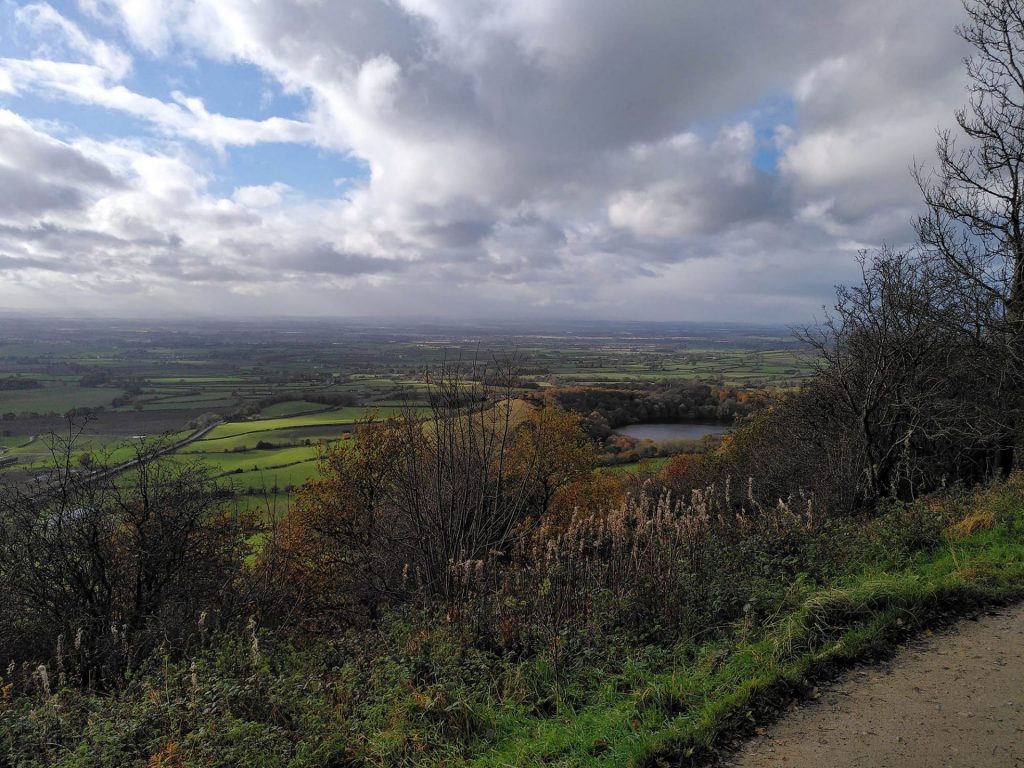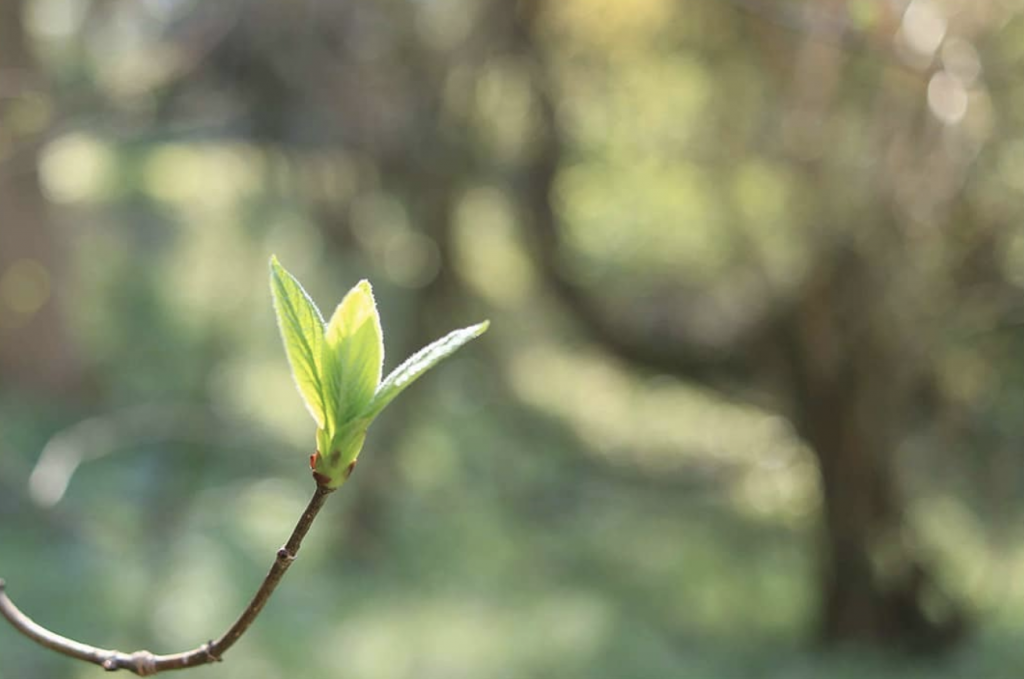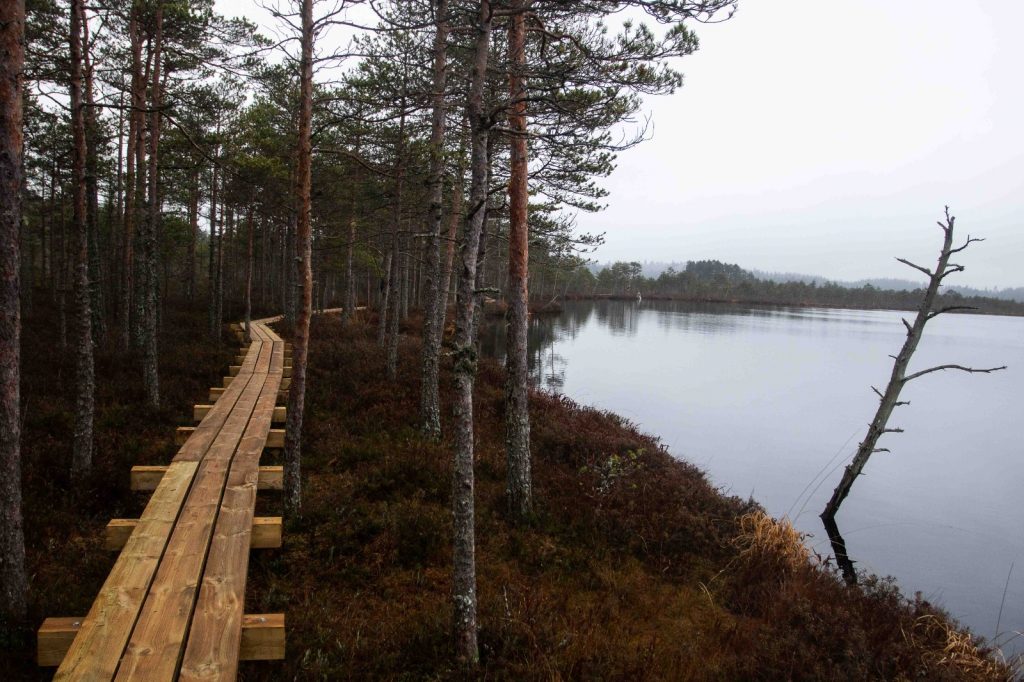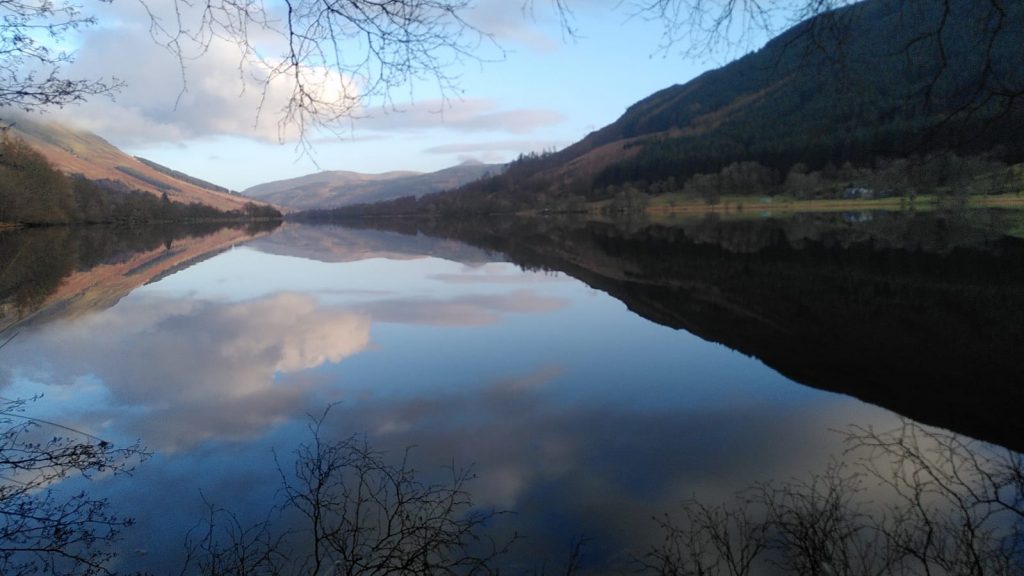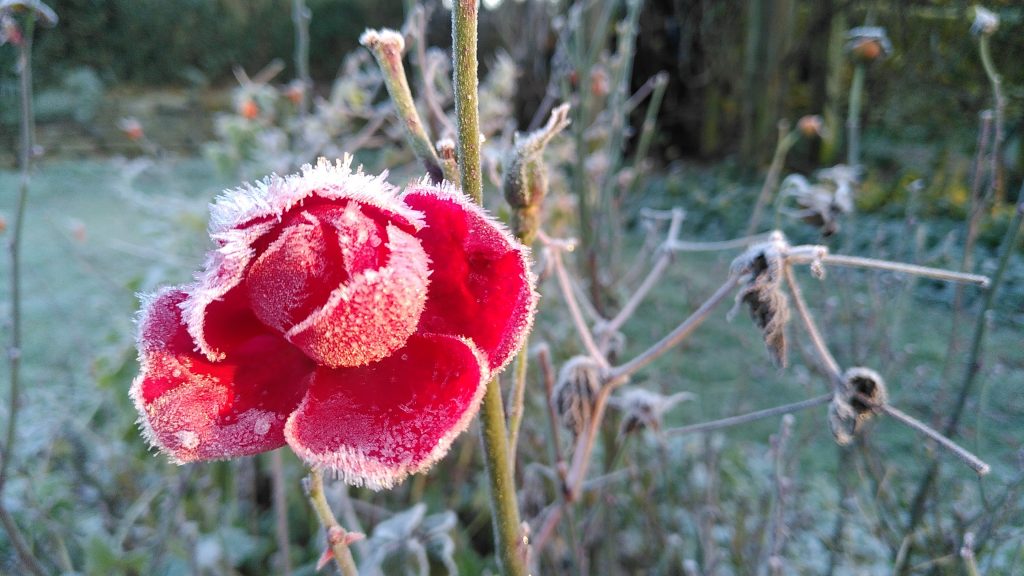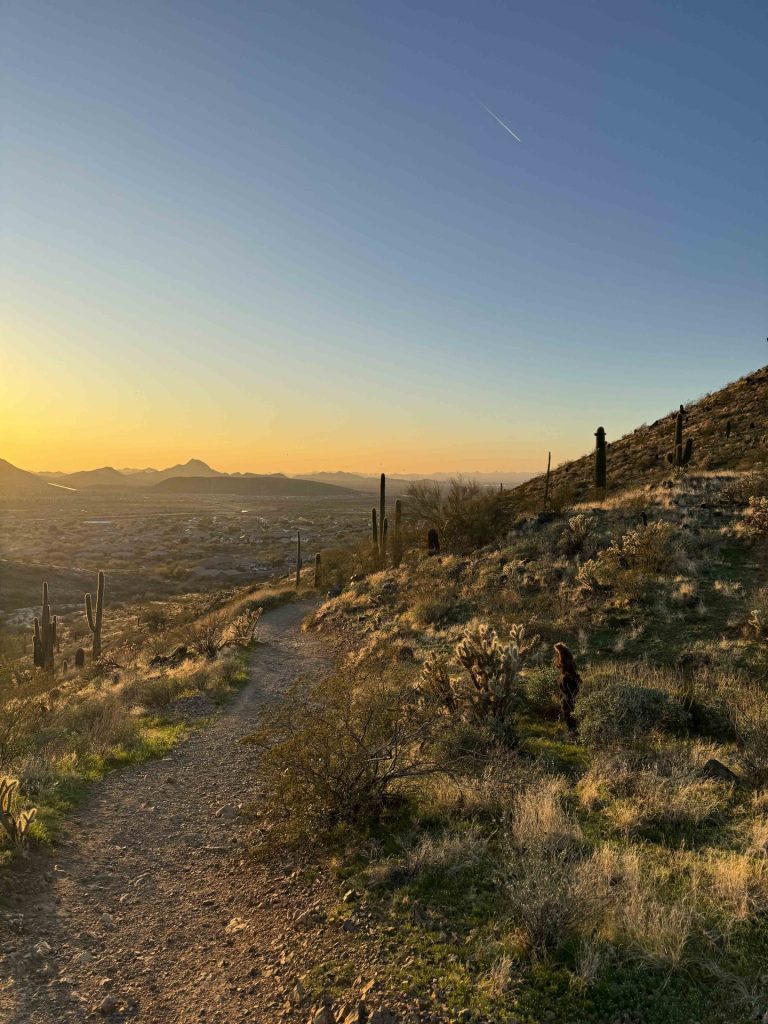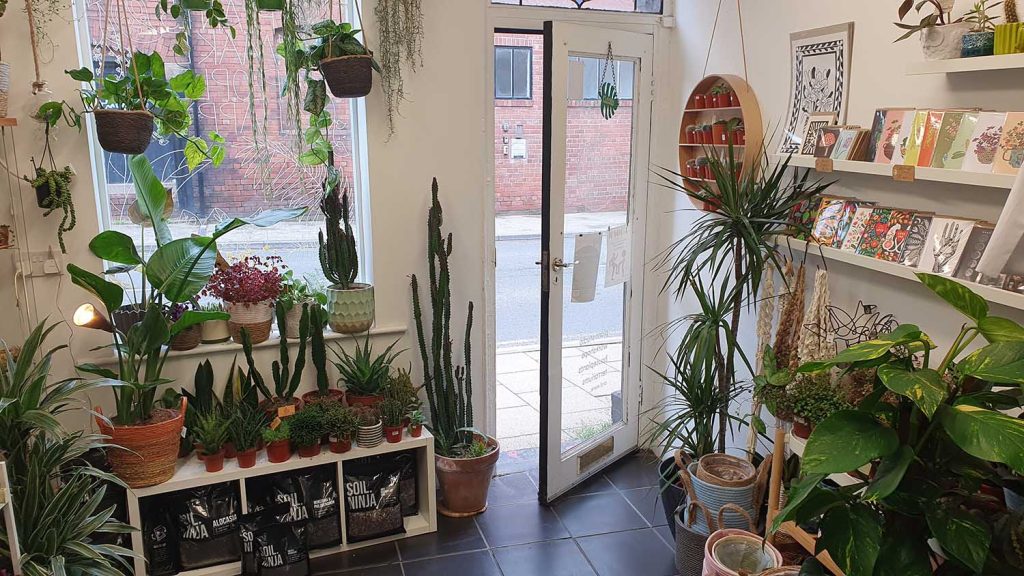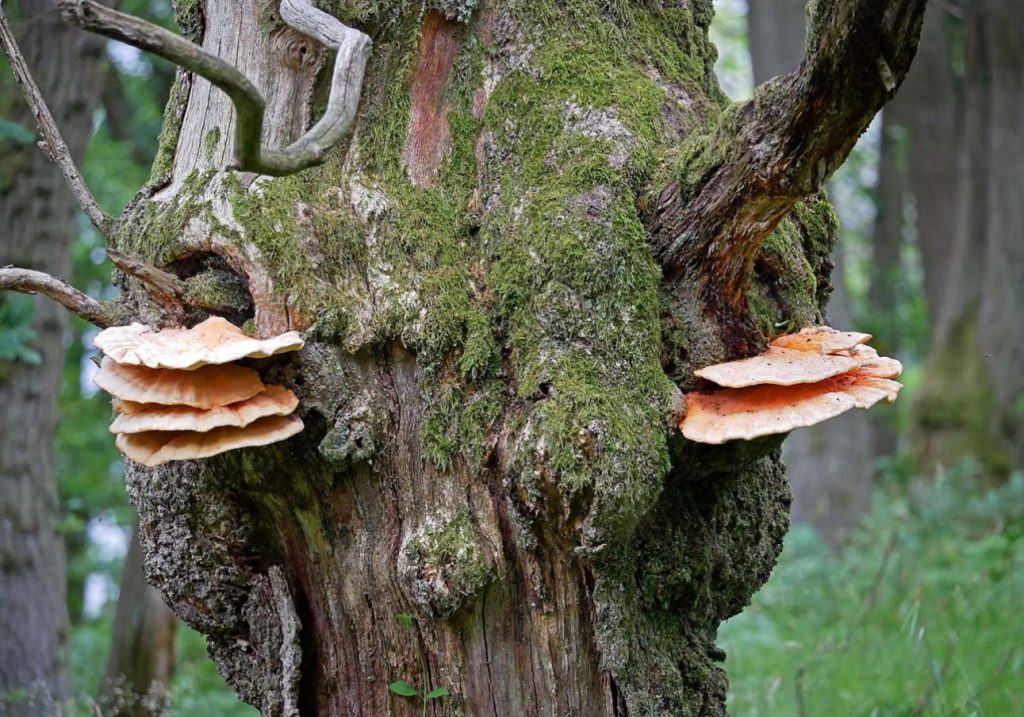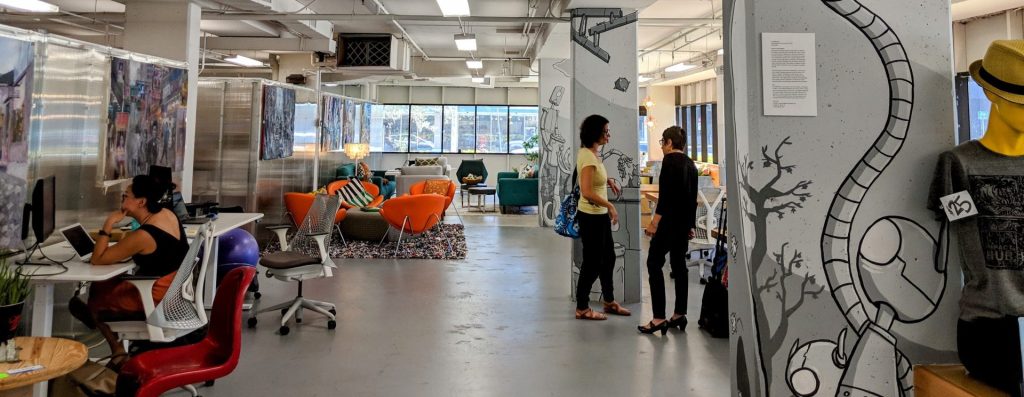My decision towards motherhood
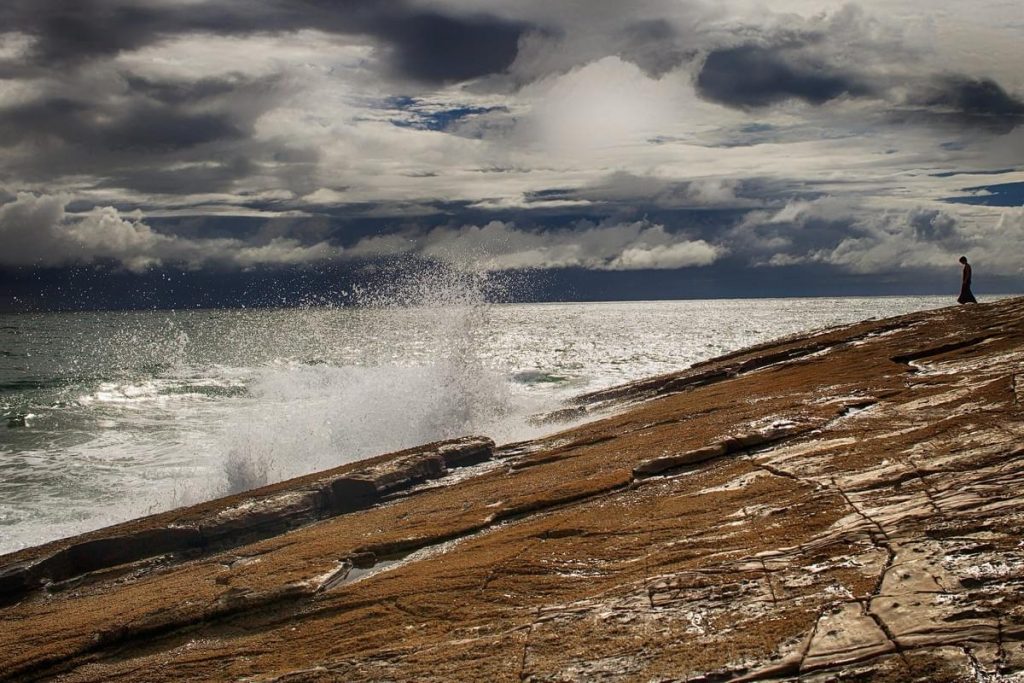
I have not written a blog post for a long time. I find writing a great way to organise and settle my thoughts, and I need time and space to do it. The last 12 months or so, I have felt neither organised nor settled and with so much going on not finding or making the space and time to write. It seems hard to write anything meaningful when I’m in the middle of something. I have hurried journal notes, a few scribbles here and there. But this Saturday afternoon in early Spring, I have found the space. No one is asking for my time; pressing work is under control, my family are taking a nap, the chores are done, dinner is in the slow cooker. Space presented itself and so I am here typing. It already feels good.
The last few years have been an upheaval, globally and personally. The pandemic for me turned out to be a career-shifting pivot and the practices that emerged have steered me onto quite a different life path.
See in 2019, fresh from my climate existential crisis, I was chomping at the bit to take action. To do something, to be useful. I’d started framing my life around the pursuit of being useful. I looked at all of my activities through that lens. I stopped a lot of things; flying, giving up meat, cutting back on dairy, and cutting down on my paid work. And boy did I give some new things a try; from local organising, presentations on climate science to demonstrating, choosing to be arrested and stand up comedy. And in 2019, my rigid view meant that I did not count motherhood in the ‘useful’ pile.
In small pockets, I raised the topic of my ambivalence around whether to become a mother or not and found solace in other women who felt the same, albeit coming at it from different perspectives. My ambivalence on the topic is summed up in this two-minute poem filmed as part of the Motherhood In a Climate Crisis project.
In the strange space that the pandemic lockdown gifted some of us, I found my inner introvert. Two things emerged from this. One being the business pivot which sees With Many Roots in its current iteration, delivering our strapline ‘education for the anthropocene’; and the other complementary activity was a practice of future-dreaming.
Future-dreaming has blossomed into the Cli-Fi Imaginarium. It’s a collection of stories from curious souls who dream up futures where climate solutions are mainstream. I like to call it ‘little drops of hope’. It all began when it felt like there were no drops of hope, right at the beginning of the pandemic. I had been toying with the idea for a few months before a mentee of mine nudged me to bring it to fruition as global lockdowns descended around us. Each month a group of people from around the world came together and dreamed up worlds we know are possible.
What started as an antidote to the contemporary dystopia developed into something far larger and more impactful for me. Not only did I find courage in this hopeful community, I started feeling braver about the future myself. And braver about my future too.
Maybe it’s my family culture, maybe it’s my glass-half-empty psyche, maybe it’s what I was consuming (probably all of the above and more) but I was not very good at imagining the future, or my future. It was all hell in handcarts, Hunger Games and collapse. There was no detail, just a hot, fiery fuzz of bad news.
A well-timed provocation from Rob Hopkins in January 2020 stuck with me; “Can we make the future so delicious, we are longing to be there?”
Each month at cli-fi sessions I practiced adding the detail to various delicious futures and to begin with they were only a few years ahead, maybe a decade or so. I wondered what mainstream district heating might feel like or large scale peat restoration. And gradually I felt bolder stretching into longer time spans; a generation, two, three. An idea emerged when we were exploring alternative cement, of all things, that transported me to a time 350 years into the future. The world sprung up around me as I imagined my protagonist taking a trip to the local library. I could see it, I could smell it, I could feel it.
So what do you do when you can dare to dream up fact-based futures?
I kept reading. I started devouring other genres of cli-fi, solar punk and non-fiction on the topic. I stumbled on the practice of deep time, or long time, the opposite of our current hyper short-termism we see in our culture and politics. It’s also called cathedral or acorn thinking. This ability to shift from the immediate short-term to the stretching long-term is a skill that we will surely need to make it through this transition.
I started long-term saving. I finally opened a savings account, called a Lifetime ISA in the UK, to build towards a future home and I opened an ethical Stocks and Shares ISA with Triodos. I started building up reserves in With Many Roots.
I also finally turned towards the topic of motherhood. With the structure of a 12 week program found in Motherhood, Is It For Me? (affiliate link) and an accountability buddy, I stripped away the externalities, the baggage, the expectations around motherhood. Through various exercises, including one week where you imagine you had chosen not to mother, followed by a week where you imagine you had, I added nuance and depth to what had previously been a caricature of hardship and sacrifice. I looked around to the many women who inspire me and re-appreciated that many of them were inspiring me AND also being mothers.
A cohort of women came together around a project I called Motherhood In A Climate Crisis and here the binary started to erode away. Mothers and ‘not-mothers’ came together to share and we tried to bring in a radical view of care. We tried to put care at the centre. This process opened up my eyes to how essential care is to fostering community. Care and nurture is what knits us together. It’s not easy to measure or quantify but it’s invaluable.
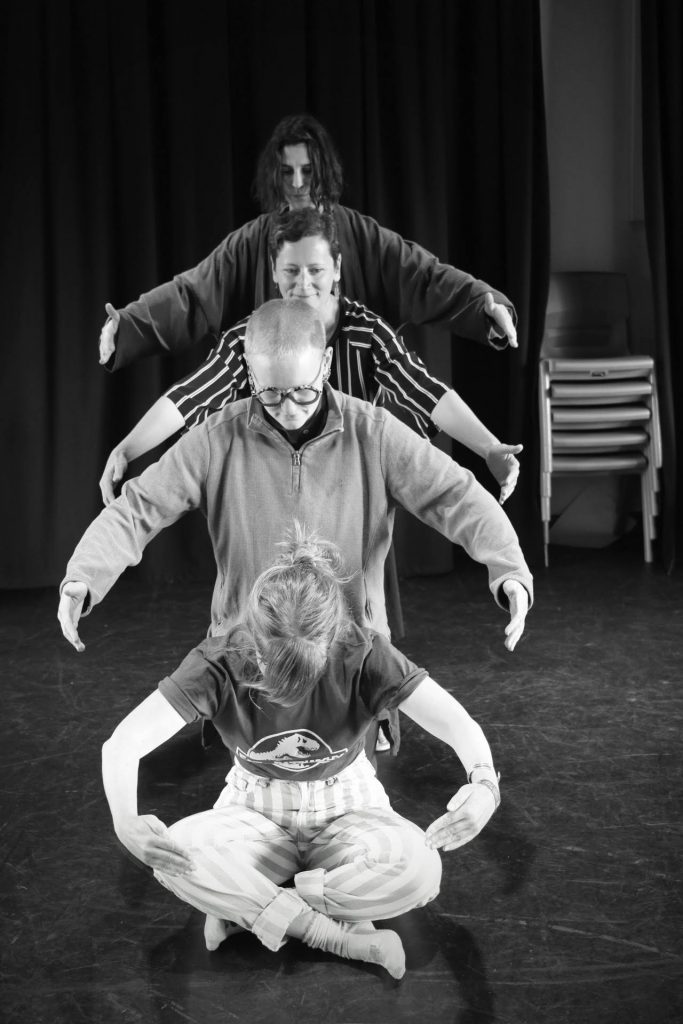
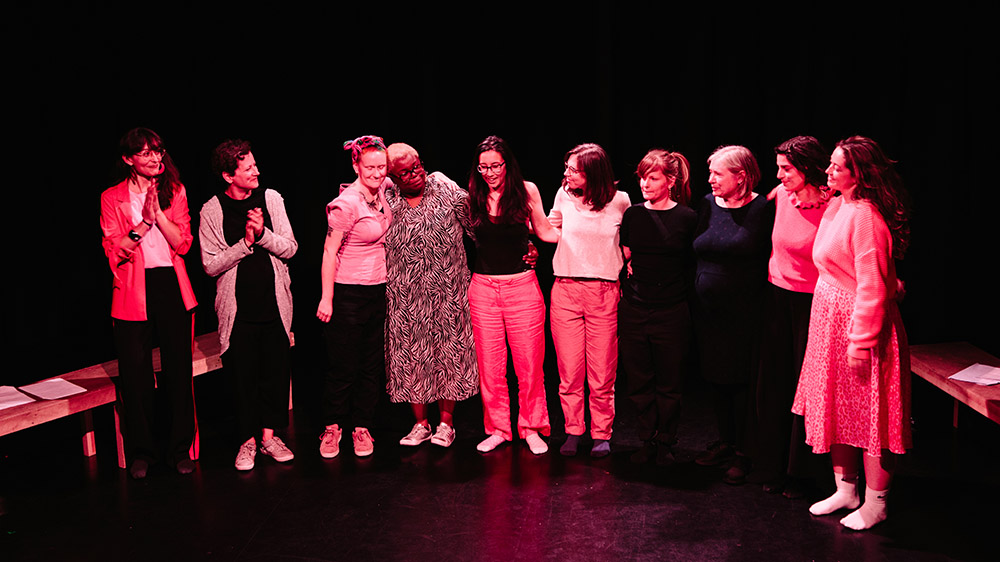
Arguably we saw that in the early days of the pandemic. It’s also what I experienced in the regenerative aspects of the activism I experimented with.
My notion of being useful in pursuing the climate and ecological crises – so rigid in 2019 – was rooted in an entrenched capitalist mindset. ‘Being useful’ meant needing to be productive, needing to be focused on scaling up. I was full of conversion fever to have folks on my side. ‘Being useful’ was often about sacrifice: no more flying, for example, or no more meat. It was give and take and it was zero sum.
My experience during the pandemic was one of deep unlearning. When I could not be out in the world ‘doing’, what was left? Unlearning our culture’s diminishment of care I started spotting it in all sorts of places, without price tags or conditions. I was unlearning our culture’s preoccupation with heroes and re-learning that the future was about community. I did not have to be the one that solved climate change, I can play a part in a wider systemic wave of change. And that would be enough. I was unlearning that solving the climate crisis was all about taking away, it is also an act of creation.
Through Joanna Macy’s framework, our work on this transition can be destructive and constructive. Through Ayana Elizabeth Johnson’s Climate Venn Diagram it can be joyful. Through Britt Wray’s Generation Dread, I learned our activism in this time of crisis can exacerbate the extractive systems we’re trying to undo: activism needs a new paradigm and it requires inner work, or as Elizabeth Lesser has coined “innervism”.
I learned there was space for my desires. And for me to create.
I was charged with a desire to create a business that was ready for this shift, “an example of a thriving regenerative mission-led equitable business fit for the Anthropocene” as we say in our ‘About’ page. And slowly it emerged that I wanted the same for family. I won’t deny that it also helped realising and practicing that I could make a living out of delivering really good climate education, a key solution. I have useful work that I love. I recognise my good fortune and privilege to have found my purpose and be living it in these turbulent times. I have been, “pulling the future in,” as Jane McGonigal at Institute of the Future would phrase it. And I had been able to add to the long-term savings pot, allowing for potential futures to bloom.
Business and family are two structures that are so familiar to many of us, we take it for granted that they are the way they are. But if we’re going to stave off the worst of the climate crisis, we will need a “huge transformation at every level of society”, as the UN states, and that includes these two institutions. I found this notion really appealing.
Coming closer to home, it strikes me as beautiful serendipity that while doing the personal work I was also tending to my first allotment, growing and learning skills that will serve me in good stead for the future. And finally, zooming right in, doing the personal work in the 12 week programme, I realised that many of the fundamentals were already right there in front of me; the love, care and nurture.
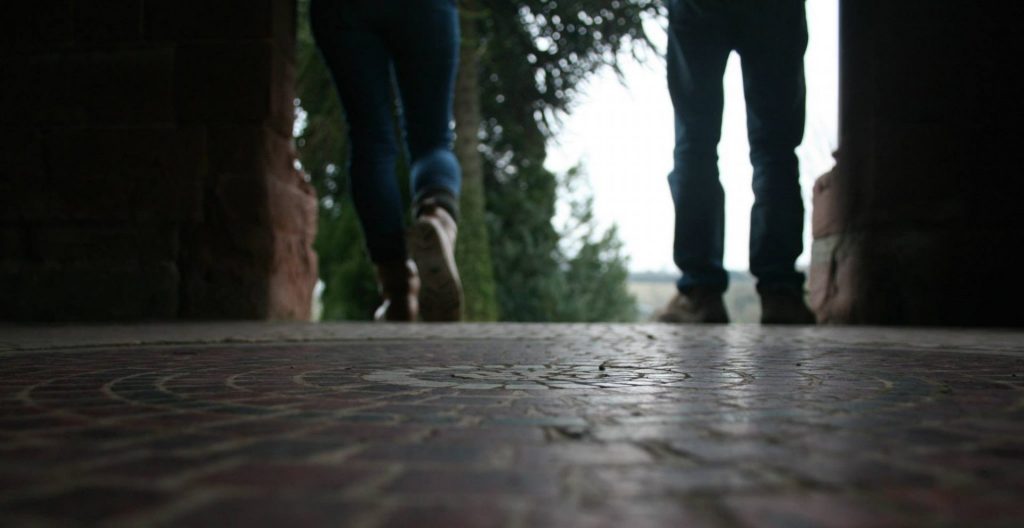
So one a quiet wintry day, I acknowledged my desire to explore motherhood. And my curiosity to experience pregnancy.
After 5 years I closed the chapter on my ambivalence. This small moment marked the beginning of my journey to motherhood and motherhood in a climate crisis.
What does parenting look like in the anthropocene? I intend to find out. And use this thread to share my learnings here.
It’s taken me a LONG time to get this down into words. Two years and one season. Two pregnancies and one miscarriage. And one son later. He is currently 5 months old and on his second nap of the day. There are many reasons for this, including a grief around leaving my ambivalence and like-minded community behind since it’s such an acute and liminal space to be in. I wanted to find a way to explain that I don’t think I changed my mind necessarily, instead I looked hard at what I wanted the world to be like and what my role in it could be. And another stumbling block was all the uncertainty that my route to motherhood has thrown at me so far, never quite counting anything as given. Finally, knowing that I had no demand on me to share but wanting to do so. All these reasons, and probably more that I am less conscious of, put a stopper on me communicating the next part of my story.
Invariably the women and people who have chosen the path of ‘not-mother’ in our pro-natal culture will continue to be asked questions about their choice. As someone who has chosen more conventionally, I will not. An inspiring activist friend of mine shared her response to that line of questioning; “I’ll tell you why I’m choosing not to have children, when you tell me why you have.” So I’m choosing to tell you why.
Thank you for reading this far. If any of it resonates, I’m glad I put these words down.
***
If you find yourself or someone you know wrestling with ambivalence explore our project page, Motherhood In a Climate Crisis, featuring stories and resources.
